Land use changes by Boise have been big. Why that is causing ‘a major problem’ for wells
Beneath the high desert of the Treasure Valley lies a complex aquifer. Below-ground water levels are changing in response to the shifting uses of land at ground level. Urbanization has replaced farm fields with subdivisions and commercial centers, reducing how much water flows into the ground through irrigation.
These rapid changes have begun to lower the Boise area’s water table, causing problems for some rural homes that rely on well water.
Dennis Owlsey, a hydrogeologist with the Idaho Department of Water Resources, stood before a screen one day this summer, looking at a map showing the conversion of farmland to development.
“You don’t need to run any fancy statistics just to visually see it’s a major problem,” Owlsey said.
‘Flood irrigation’ adds to groundwater
Western settlers have flood-irrigated the Treasure Valley for over 100 years, and the area has 1,170 miles of irrigation canals, Owlsey told the Idaho Statesman.
Flood irrigation has ancient roots, and works just like it sounds: Farmers periodically fill their fields with water from irrigation channels to give their crops what they need to grow.
Historically, canals were dug as ditches in the ground, and a lot of the water moving through a canal soaked into the ground.
Those methods are effective but inefficient: Lots of water leaks out of canals on their way to fields, or flows through the oversaturated soil and into the groundwater. In the Treasure Valley, about 1 million acre-feet of water seep into the ground each year.
After decades in place, Treasure Valley farmers had pumped huge amounts of water all across the county, boosting groundwater levels far above what they naturally would have been.
“We have really dramatically increased the water in this valley just due to the flood irrigation,” Owlsey said.
Modern efforts to conserve water have, in some instances, reduced groundwater. Canal companies have begun lining their corridors with concrete or synthetic materials to reduce the amount of water that’s wasted. Some farmers have also switched to more efficient methods of irrigation — like using sprinklers — which conserve water.
Development has paved over fields, replacing irrigated crops with buildings, roofs, yards and streets — and curbing the amount of water that seeps into the ground.
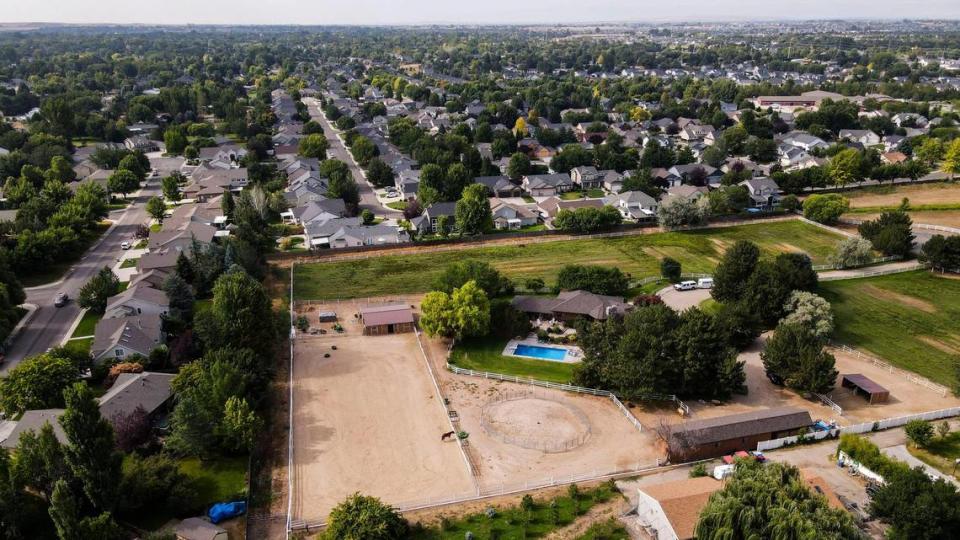
“That’s why we’re having the problem over here in the Southwest Boise area,” Owlsey said. “This entire area used to be irrigated and now it isn’t.”
This time-lapse compilation of images from Google Earth shows the dramatic development westward from Boise over the past four decades.
Well-water users worry
As cities in Ada County have grown, water main systems have been built to pipe water into homes. But some residents still get their drinking water from wells.
Boise has about 670 domestic wells, according to Haley Falconer, the environmental manager at Boise’s Department of Public Works. There are thousands in unincorporated Ada County, too. Zach Kirk, a county engineer, said an Ada County survey found about 2,000 domestic wells in the area between Franklin, Lake Hazel, Cole and Cloverdale roads, parts of which are in Boise.
The changes have caused some local residents who rely on well water to worry.
Kirk said he is aware of about 10 homes where wells have run dry in unincorporated Ada County. He added that sometimes problems with wells are not because the aquifer is declining, but because wells are old.
Still, Owlsey said the Valley overall is “water rich.” Out of the million acre-feet that flow into the ground each year, people pump out about 250,000.
“The rest of that water just flows right on through the system and discharges into the Boise River and the Snake River,” he said.
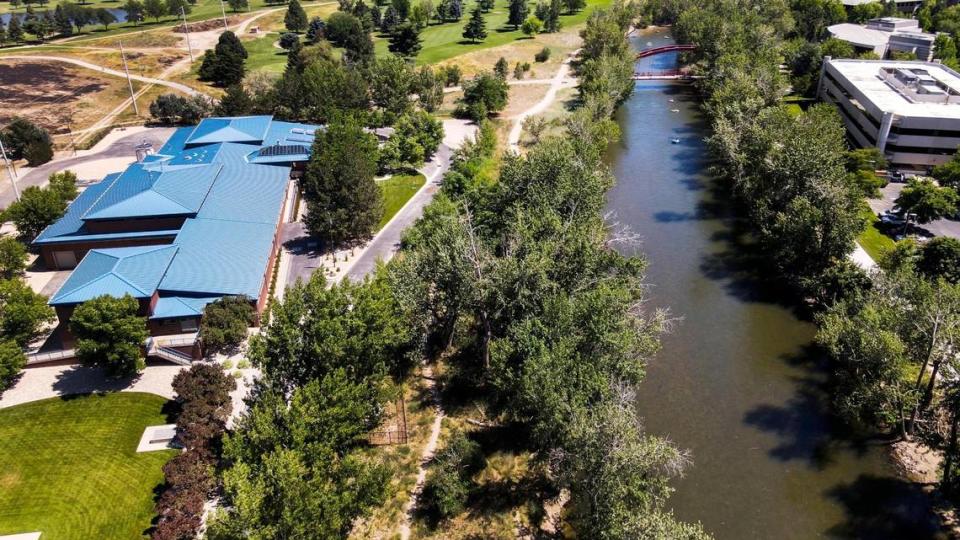
Fixed-income resident’s water level drops 25 feet
Tucked south of West Overland Road near its intersection with South Cloverdale Road are a handful of five-acre parcels with farmyard fences and horse pastures.
Betty Bermensolo lives on a small farm that is up against the edge of a new subdivision, where she raises horses.
Bermensolo said she uses her private well to supply her drinking water and gets water from the Nampa and Meridian Irrigation District to water her pastures and garden, which she said helps the aquifer recharge.
Tests have found her well level is declining, she said, which concerns her because of the potential costs in the future. She said she’s on a fixed income and would struggle to pay the costs needed to hook up to Veolia, the public water utility.
She said she worries that Veolia’s use of wells — which supply 70% of the drinking water the company provides — could affect her well. Bermensolo said she had her well examined this year, and that the water level has dropped 25 feet since it was installed in 1987. Bermensolo’s well is about 85 feet deep. Increasing her well depth to 100 feet would cost her $15,000, and more if she needed a new pump, according to a well driller she inquired with.
She said she worries officials don’t know enough about their future ability to provide services as the population grows.
“It doesn’t seem there’s enough concern for how much capacity we have,” Bermensolo said, referring to the city’s ability to provide services to new population growth.
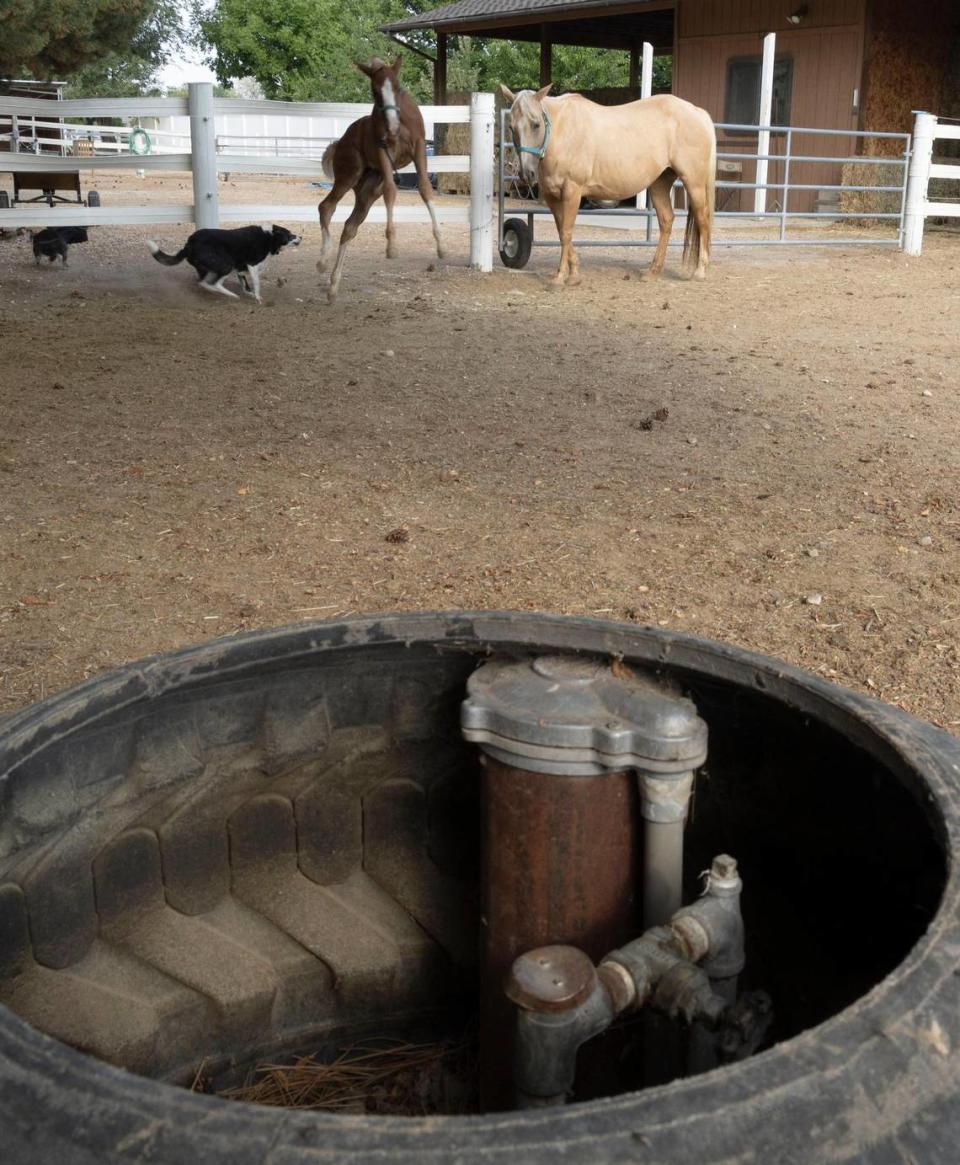
In an email, Owsley told the Statesman that the Veolia wells are much deeper than most private wells, and are therefore in a “different zone” from the shallow aquifer that supplies most domestic wells, like Bermensolo’s.
“While the whole aquifer is somewhat connected, I do not think that the pumping of the deeper aquifer will impact the shallow aquifer in a significant manner,” he said.
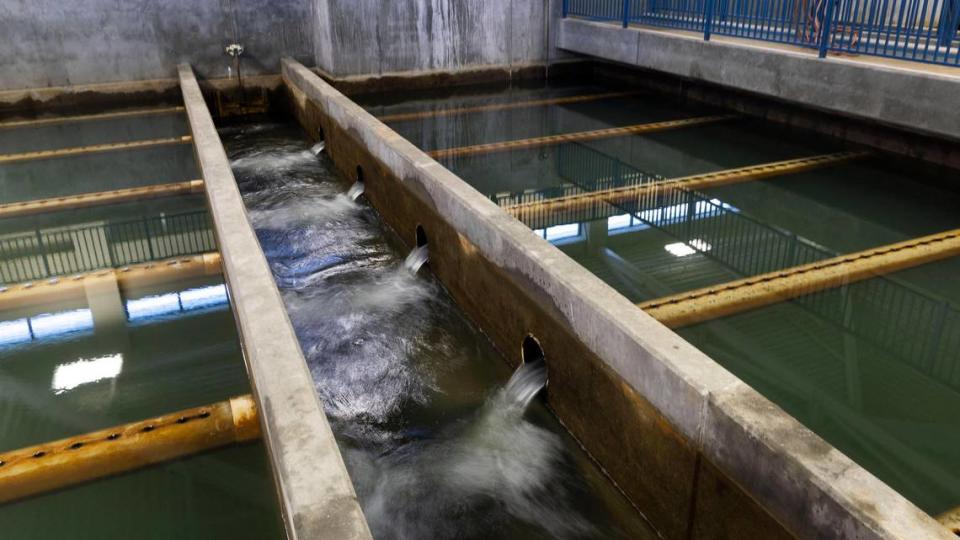
Water drops 1 foot per year in parts of Ada County
In parts of Ada County, monitoring wells show 1-foot annual drops in the water level, according to a map provided by Kirk, the county engineer.
In 2022, the Ada County Commission put forward a plan to use federal funds from the American Rescue Plan Act to pay to expand water main connections.
If the allotted funding is enough to complete the planned project, Kirk said, it would allow 160 more homes to connect to water mains. Households would have to pay between $1,500 to $2,500 apiece to connect. In comparison, the cost to install new wells would likely be between $15,000 to $20,000 per well, he said.
The estimated cost of the water-main project is $2.7 million, but that could change as Veolia awaits final construction bids, Kirk said. He said the Idaho Public Utilities Commission has approved the contract, and that Veolia “is working through their bidding process.”
“Having these customers connected to a water utility will help preserve the source water for the shallow-well users who do not choose to hook up to us,” Madeline Wyatt, a spokesperson for Veolia, told the Statesman by email.
She said existing customers are not allowed to pay for new growth, which is why people on wells looking to gain access to water mains — who would be considered new customers — must generally pay for expensive connections themselves.
She added, “Often the biggest challenge for them is a decision point to re-drill a private well or wait for installation of water mains in their area.”
Paul Arrington, the executive director of the Idaho Water Users Association, said “it’s just natural that the aquifer is going to decline” because of the changing development. He said local governments should focus on leveraging the recent availability of federal funds for community water systems.
“Look under every rock,” he said. “There may be other options out there.”
Suzanne Knorr, another Southwest Boise resident, said her well went dry for months last year and again this year, prompting her to pay to have it re-drilled from a depth of 100 feet to 170 feet, which cost less than half the $60,000 she said she was quoted to hook up to a nearby water main.
During the months without water, she said she had to buy bottled water and shower off-site.
“Municipalities have been rather slow to look at maintaining the groundwater here,” she said, adding that she worries the cost of pulling water from a declining aquifer will rise in the future and burden ratepayers.
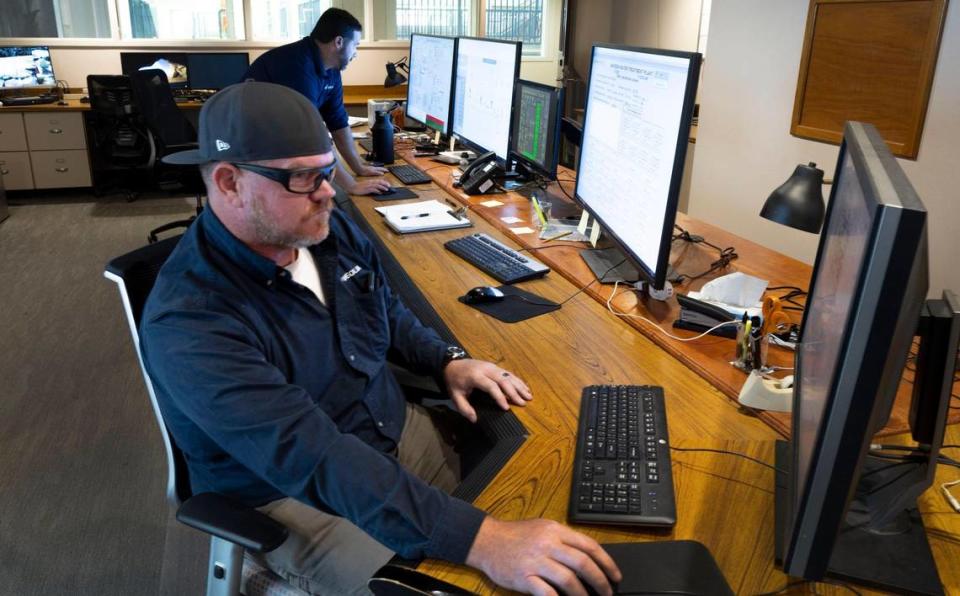
Boise zoning code includes water management
Earlier this year, the Boise City Council overhauled its zoning code, pushing for denser development. The changes include new requirements around water consumption and preparedness.
Falconer said the city plans to require the designated water provider — in Boise, that’s usually Veolia — to produce a master analysis examining the history, current use and growth projects for the area the provider serves. When specific developments are proposed within that service area, the water utility would refer to the master analysis to determine whether there is sufficient water available to serve the new homes or other properties.
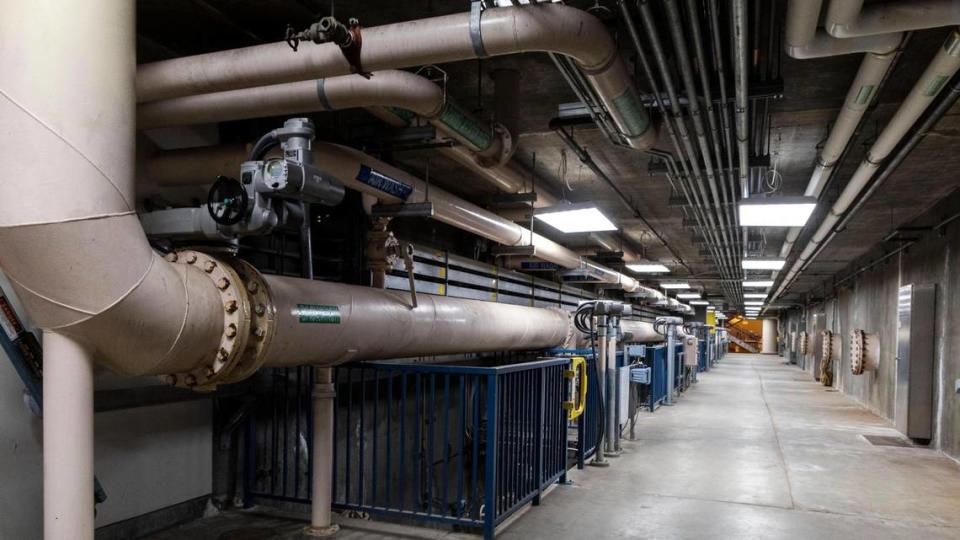
“We had an opportunity in this comprehensive update of the zoning code to include something that we’re seeing in many other western states,” Falconer said. “There’s a lot of information that shows that we do have a reasonable amount of water in the Treasure Valley. I think the question comes down to how it’s used and how it can be accessed.”

